TV screen resolution: what is it and which one is better to choose?
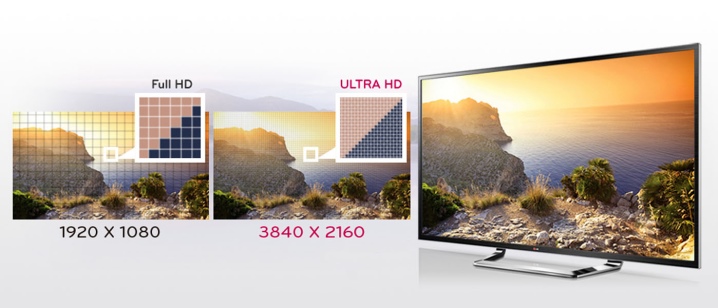
A TV is an integral household device in every home. It can be installed in any room: bedroom, living room, kitchen, nursery. Moreover, each model is characterized by a large number of individual characteristics.
When choosing and buying a TV, special attention should be paid to such an indicator as screen resolution. In our material, we will talk about the features of this indicator, about its existing varieties, as well as about the rules for choosing a TV receiver, taking into account this parameter.
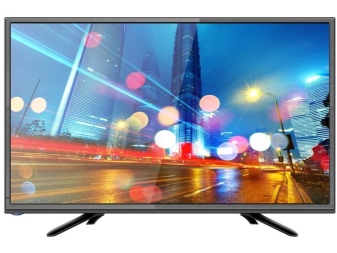

What it is?
TV screen resolution reflects the ratio of the number of colored dots (or so-called pixels) horizontally to the number of such dots vertically. Moreover, this parameter is expressed in numerical value and denoted in different ways.
The screen resolution of a consumer device directly affects the quality of the picture transmission that is broadcast by the consumer device. The higher the resolution, the higher the clarity, the better the color reproduction, the better the saturation and depth of the picture. In addition, at high screen resolutions, there are no color reflections or visible color transitions.
Thus, this figure means quite a lot in terms of the quality and convenience of watching TV.


What happens?
Today, in home appliance stores, you can find devices with different screen resolutions: 1920x1080; 1366x768; 1280x720; 3840x2160; 640 × 480; 2560x1440; 2K; 16K; 8K; UHD and many others.
If we consider these indicators in more detail, then it should be noted that resolution 640 × 480 considered to be quite old. Modern TVs do not have such indicators. The functional capabilities of consumer devices with a resolution of 640x480 are very limited. In this case, such a parameter indicates the aspect ratio of the screen in the proportions of 4 to 3. The 640 × 480 indicator is characterized by low picture clarity. In addition, the screen scan in this case is also very low and amounts to 30 or 60 frames / sec (for ED). Therefore, when viewing dynamic scenes, you will get very low picture quality. There are 307,200 dots on the monitor.


On the other hand, one of the most popular today is the resolution standard HD Ready (or 1366x768). This indicator is typical for budget-class equipment, which is available for purchase by representatives of all classes of the population of our country. HD Ready is typical for TVs that are no larger than 45 inches. At the same time, to ensure maximum picture clarity with a 1366 × 768 indicator, preference should be given to devices with a screen diagonal of 20-25 inches (these are the recommendations of experts).
At the same time, a picture with HD Ready resolution is widescreen, since the aspect ratio in this case is in the aspect ratio of 16: 9.
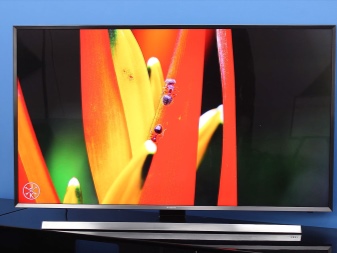
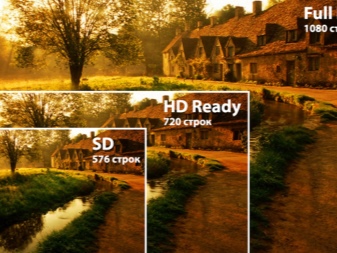
If you purchase a TV that is compatible with this screen resolution format, then you can watch content in analog and digital format. At the same time, the picture itself will be quite contrasting (in this case, the quality of the TV matrix should also be taken into account - the higher it is, the more saturated the black color will be, respectively, there will be no unwanted glare). In addition, the 1366 × 768 ratio provides bright, natural, crisp and detailed images. The HD Ready resolution matches perfectly with a vertical scan rate of 1,080.
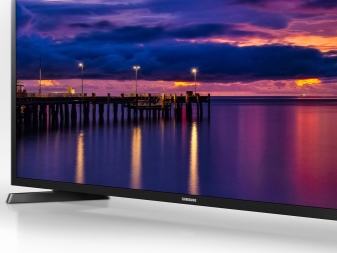
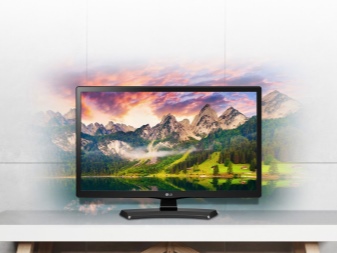
At the same time, according to experts, a TV with a screen resolution of 1920x1080 is optimal for home use (this indicator is also called Full HD). Most of the content is produced in this resolution. If you want to purchase just such an option, then pay attention to TVs with a screen diagonal of at least 32 inches (ideal is 45 inches). The picture characteristics of such a TV will amaze even the most sophisticated users: you can enjoy detailed and clear pictures with high levels of brightness and contrast. In addition, the image will be saturated, and the color transitions are invisible (however, in this case, the manufacturing technology of the TV monitor, which depends directly on the manufacturer, is of great importance).
If you want to view multimedia content in the highest quality at home, then you should pay attention to the Ultra HD (4K) resolution - 3840 × 2160. At the same time, TVs with the largest screen diagonal (up to 80 inches) will become available to you for purchase.
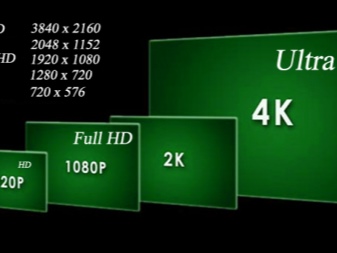

Criterias of choice
Choosing a TV with the optimal screen resolution is an important and responsible task. This metric affects the overall experience of watching a video. In the process of choosing and purchasing a home appliance, you should pay attention to several key factors.
Number of lines
An indicator such as the number of lines corresponds to the resolution. For example, devices with a screen resolution of 1920x1080 have 1080 lines.
Better to buy TVs with as many lines as possible.
Sweep frequency
The screen refresh rate is measured in hertz (Hz). If you want to achieve high image quality, then this figure should be at least 200 Hz. If this figure is less, then the image will be blurry and indistinct.
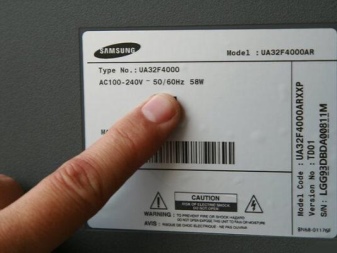
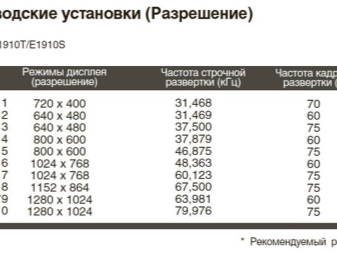
Frame scan type
There are two types of scanning: interlaced and progressive. The second option is considered more preferable. The main difference between these types is in the way the frame is constructed. So, with interlaced scanning, a frame consists of separate constituent parts, while progressive scanning ensures the transmission of an integral image. Due to these characteristics, those TVs, the image scan of which is interlaced, show 25 frames per second. At the same time, progressive provides a demonstration of 50 frames per second.
Determining the type of scan when buying a TV is quite easy - it is important to pay attention to the labeling. So, the letter i indicates interlaced scanning, and the letter p indicates progressive (which is recommended by experts).


Optimal screen size
The size of the TV screen corresponds to its diagonal. Today, the market offers household appliances of various sizes - from miniature to large-sized. And it also affects the resolution - the larger the size, the more options for choosing the optimal screen resolution.
In this case, the screen size should be selected depending on the room in which you will install the TV. For example, it is advisable to choose a large device in the living room and bedroom, and a compact TV is suitable for the kitchen or children's room.
In addition, you need to take into account the dependence of the size of the TV and the distance of the screen from the eyes.
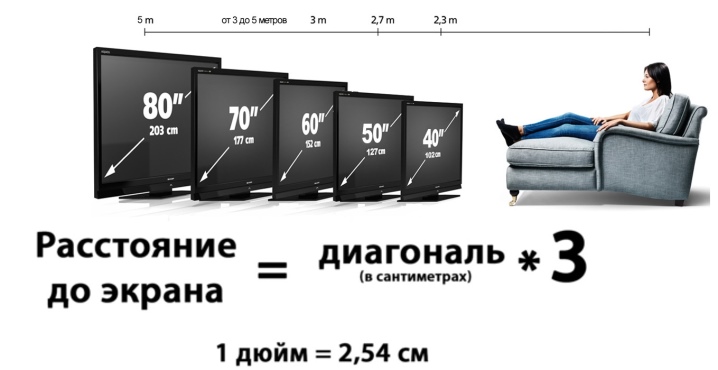
Manufacturer
Experts recommend giving preference only to those companies and brands that have proven themselves well in the home appliance market and are respected by consumers. In order to fully enjoy the high resolution of your TV (and hence the quality picture), the monitor itself must meet certain standards (which is ensured during the production process).
If you are guided by the factors described above when choosing a TV, then you will purchase the device that will meet all your needs.
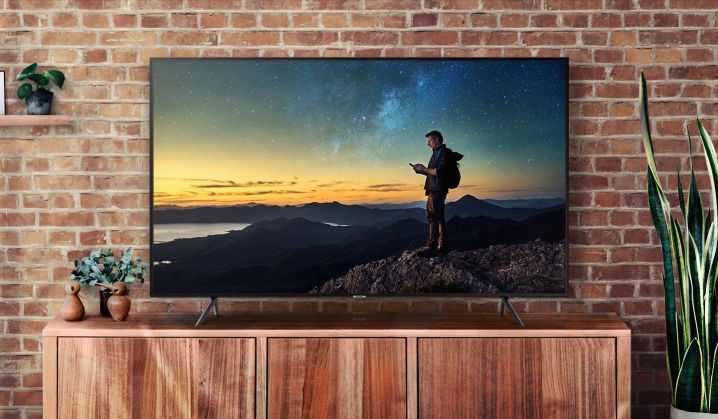
How to find out?
Determining the screen resolution metric on your TV is quite simple. This can be done in several ways.
So, when buying a TV and checking its performance with a sales assistant or store technicians, you can find out about the screen resolution.
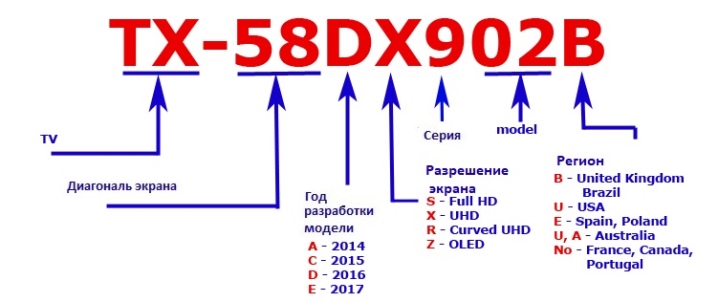
In the instruction manual, which is an integral document and is necessarily included in the standard package, the manufacturer prescribes the screen resolution for each specific model. At the same time, from the manual you can find out not only the resolution that is set by default, but also the existing modification options. In the TV menu in the "Settings" section, you can see this indicator.
The quality of the image will depend on such an indicator of the device as the screen resolution.

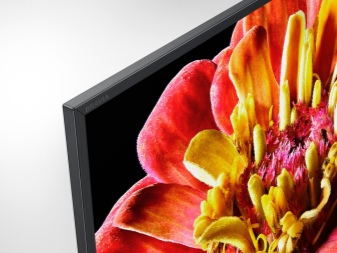
How to change?
It is quite easy to change the screen resolution (decrease or increase) on your TV.
So, first you need to go to the menu of the household device. This can be done using the corresponding button on the TV or on the external panel of the household device. After that, you need to enter the settings section. In this section, select the chapter titled "System Parameters" and then find the option "Select Aspect and High Definition Ratio". Next, you need to go to the "Aspect ratio and high resolution" section. After that, on the TV screen, you will see a special window in which you can determine the indicators you need.
Typically, manufacturers of consumer devices offer users to choose one of the existing resolutions:
- 4x3 - this aspect ratio and the corresponding resolution are considered one of the most popular and is used for standard screens;
- 16x9 (1366 × 768) - this option is suitable if you own a wide screen TV;
- 720p resolution is suitable for screens that are characterized by a high level of definition;
- 1080i is the metric of choice for widescreen high definition TVs;
- other options are possible.


After you have selected the desired parameter, you should click on the "OK" button and exit the menu. Your changes will be saved and the screen resolution will automatically change. Thus, adjusting the resolution parameter is quite easy - even a person who does not have in-depth technical knowledge can cope with this task.

For tips on choosing a TV, see below.













The comment was sent successfully.